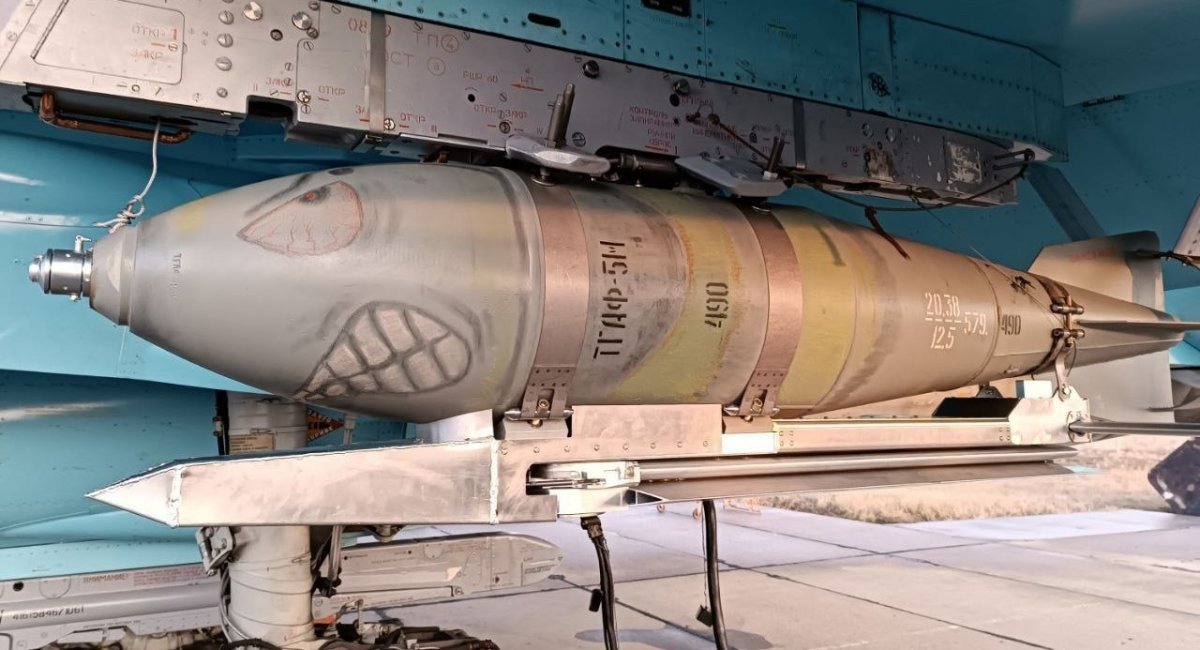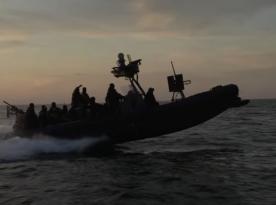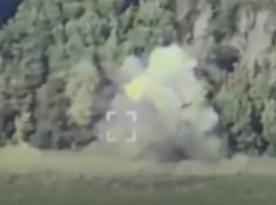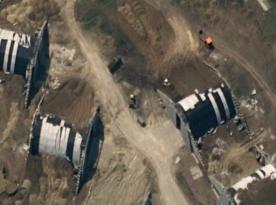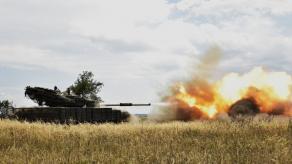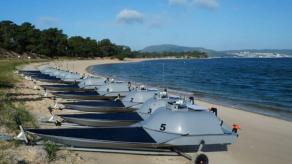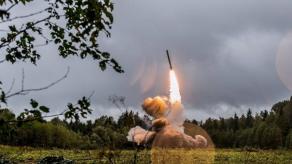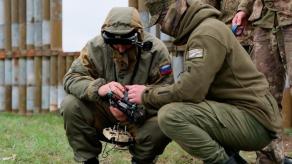The russian occupiers are trying to scale up the use of their winged guided aerial bombs against Ukraine. They started with 500-kg aerial bombs, now they are going to put a JDAM-ER analog on the FAB-250 as well. In order to produce as many such weapons as possible, russians made their production as simple as possible. And it seems that the only limiting factor is the small number of aircraft and crews of russia’s tactical aviation capable of dropping such bombs, namely 25 units.
For the most, we can say that even at this point russians are imitating Hitler's Germany, because it was the Germans in World War II who were the first to use guided aerial bombs. In 1943, the German aviation sank the Italian battleship Roma by means of such a bomb. Defense Express will give more data on this below.
Read more: Russia’s Ministry of Defense Reacted to Prigozhin's Démarche And Opened the Way to Chaos
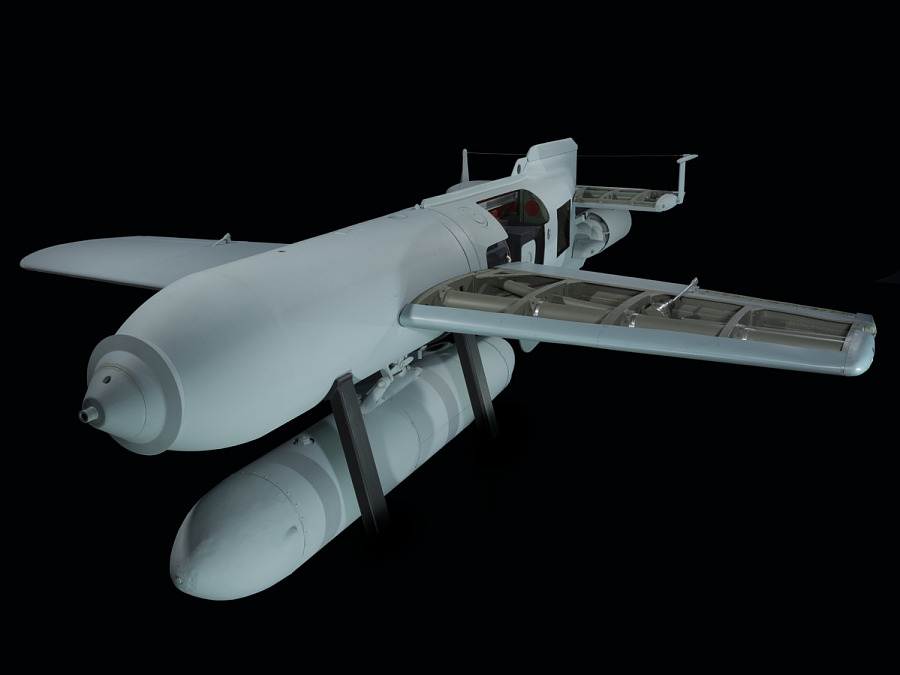
During World War II, the Germans used two types of glider guided aerial bombs, the Hs 293 and the FX-1400 (also designated as the Fritz X). Paradoxically, the development of both units started back in 1940, and initially such winged bombs were intended to hit sea targets outside the range of naval air defense.
The Hs 293 guided aerial bomb was created on the basis of the SC-500 aerial bomb weighing 500-kg. But with all the elements that ensured the controllability of it, the actual mass of the Hs 293 grew to 975 kg, of which 300 kg accounted for the explosive amatol. In addition to the wings and controls, this bomb was also equipped with a rocket booster with a duration of action of 10 seconds, which would give the appropriate acceleration. Thanks to that the maximum range of the Hs 293 was up to 18 km when dropped from a height of 4 km.
The Hs 293 was controlled by radio commands; for the convenience of the operator and the control process, the bomb itself was "illuminated" by pyro cartridges that were supposed to burn until the bomb flew to the target. The probability of hitting the target was up to 50%, which was a very high indicator by the standards of that time.
There is no exact data on how many Hs 293 were produced, but it is known that these bombs were used primarily as anti-ship bombs. The German Luftwaffe damaged or destroyed 31 ships of the Allies overall with such bombs during 1943-1944. It is also known that in April 1945, Hs 293 were used to to bomb the bridges on the Oder to delay the advance of the Soviet troops, but failed.
In order to counteract the use of Hs 293, the Americans and British used jamming stations against the radio control channels of these bombs. Fighter patrols on the far lines of defense were also used as a means of struggle, which allowed at least to drive away German bombers with winged aerial bombs.
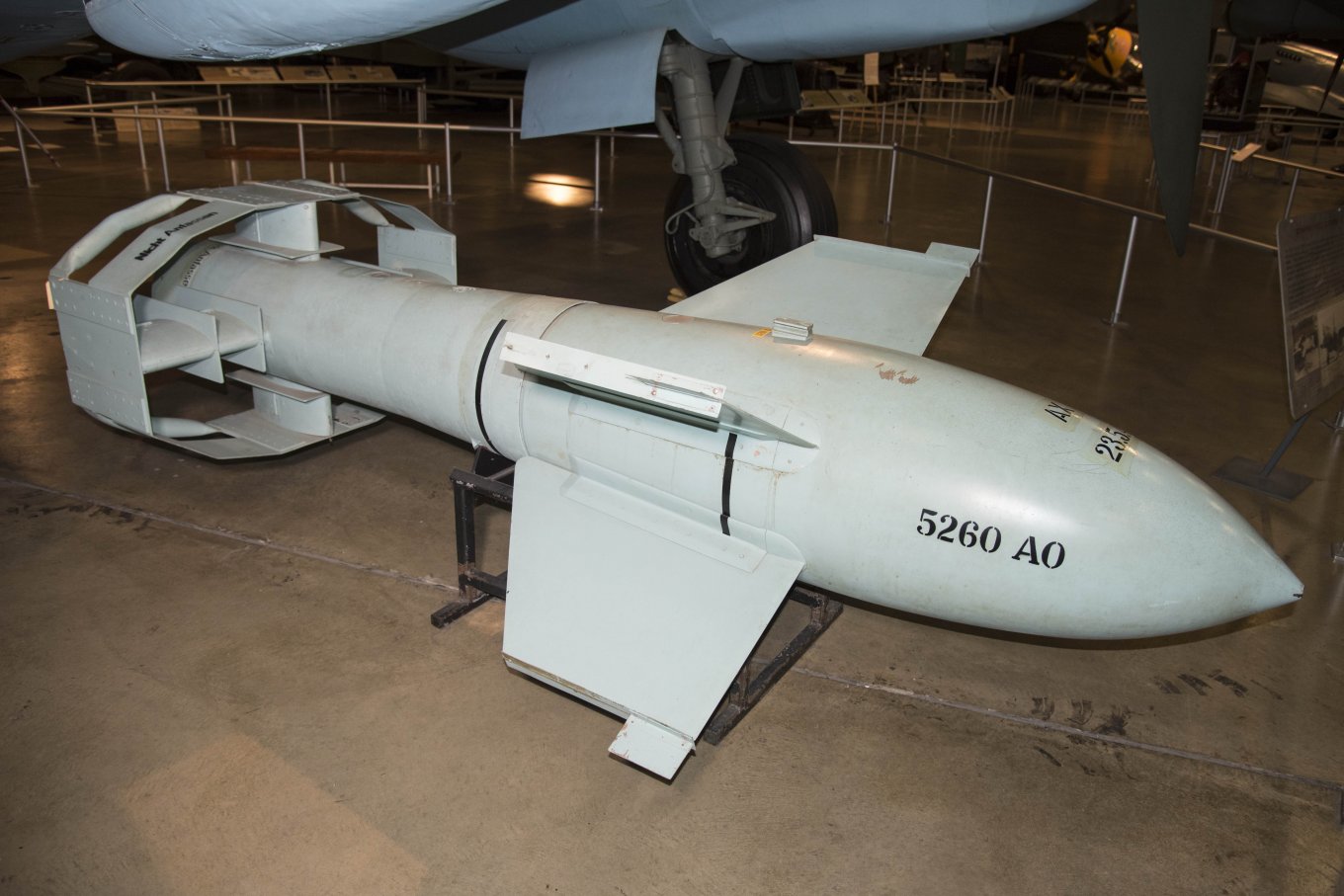
Using the FX-1400 guided air bomb (also designated as Fritz X) the Germans sank Italian Roma battleship in 1943. This bomb has a combat mass of 1.57 tons, including 300 kg of the warhead, the range of use is about 5 km, provided it is dropped from a height of about 4 km.
It is known that the Germans managed to produce about 1400 units of FX-1400, but their performance was more modest: in addition to the sunken Italian battleship, 5 more Allied ships were damaged. Countermeasures were the same as in the previous case: jamming stations and long-range aviation patrols.
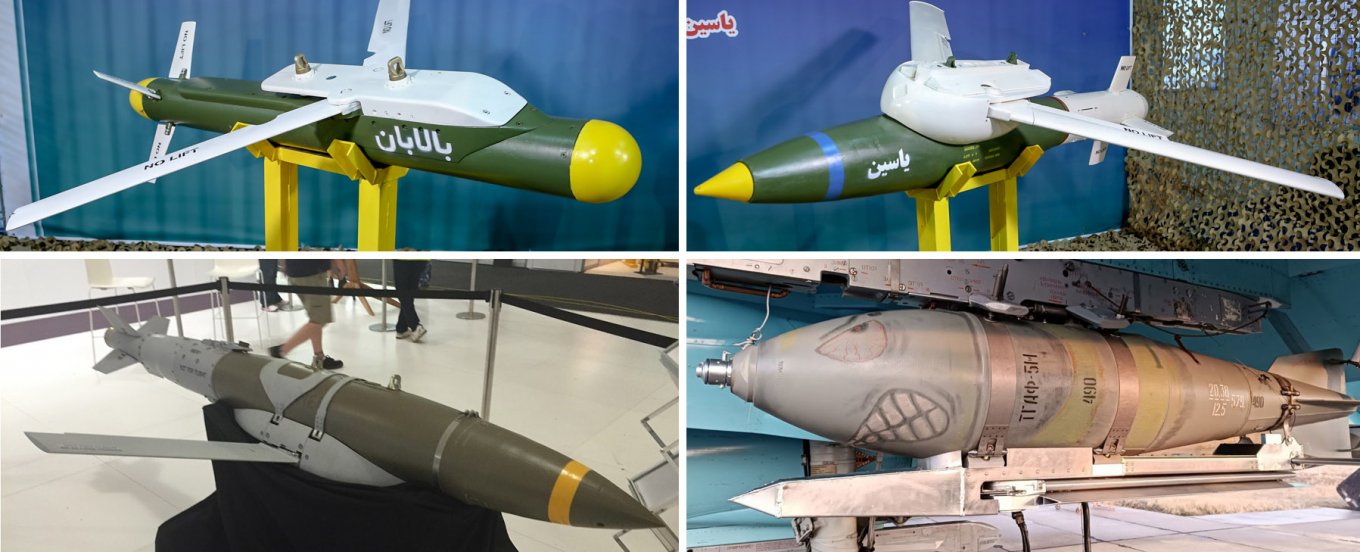
Summarizing everything described above and compare it with our realities of the model of 2023: on the one hand, russian products are significantly more advanced than their German predecessors, in particular due to their much higher range of application. On the other hand, in both cases, the basic countermeasure is the same: aviation, which would prevent carriers of winged bombs from entering the range of use.
It is not yet known to us how exactly russians set the target designation to use JDAM-ER analog bombs, and how the results are fixed and the "target bank" is adjusted. Perhaps, if such data becomes known, it will provide another key to countering this russian weapon.
Read more: US Promised to Deliver M109A6 Paladin Howitzers in Ukraine, And Here They Are




